How a US-Russia rapprochement could reshape global power politics
Recent shifts in US foreign policy are shaped by both domestic and international considerations, rather than solely by Trump’s idiosyncrasies. According to academic Alexander Korolev, deeper factors suggest that Moscow and Washington may be pursuing a long-term detente, with significant implications for China and the global landscape.
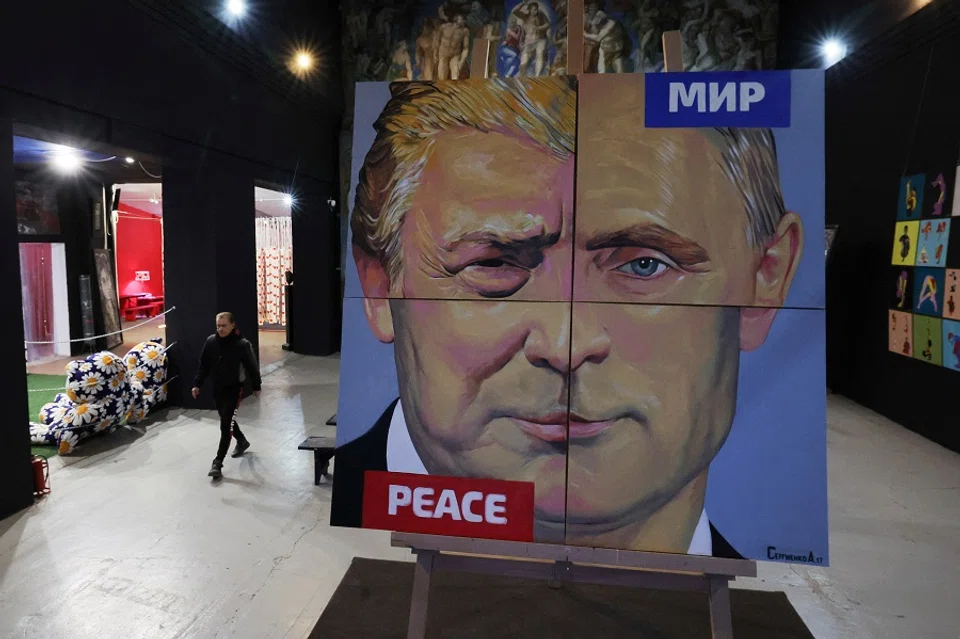
After three years of war in Ukraine, there are nascent moves towards peace negotiations, proactively spearheaded by the newly elected US President Donald Trump. Vladimir Putin and Trump had a “lengthy and highly productive” phone conversation on 12 February 2025, followed by high-level talks between US and Russian officials in the Saudi capital, Riyadh, and another lengthy Trump-Putin phone call on 18 March 2025. Most recently, the US announced that it had forged separate agreements with Russia and Ukraine on a Black Sea ceasefire.
While a peace deal has not been achieved, the about-face in the US’s foreign policy towards Russia has revealed new geopolitical fault lines.
The US-Russia detente
Trump has gone to extraordinary lengths to strike a deal with Russia. His position on Ukraine, presented by US Secretary of Defense Pete Hegseth at the Ukraine Defence Contact Group in Brussels on 13 February, reads as if it was written in the Kremlin: it states that Ukraine will not join NATO nor return its territories occupied by Russia.
Trump’s desire to strike a deal with Moscow can thus be seen as an attempt to prevent Russia from conquering more of Ukraine’s lands — not an unlikely scenario given Moscow’s recent successes on the battlefield.
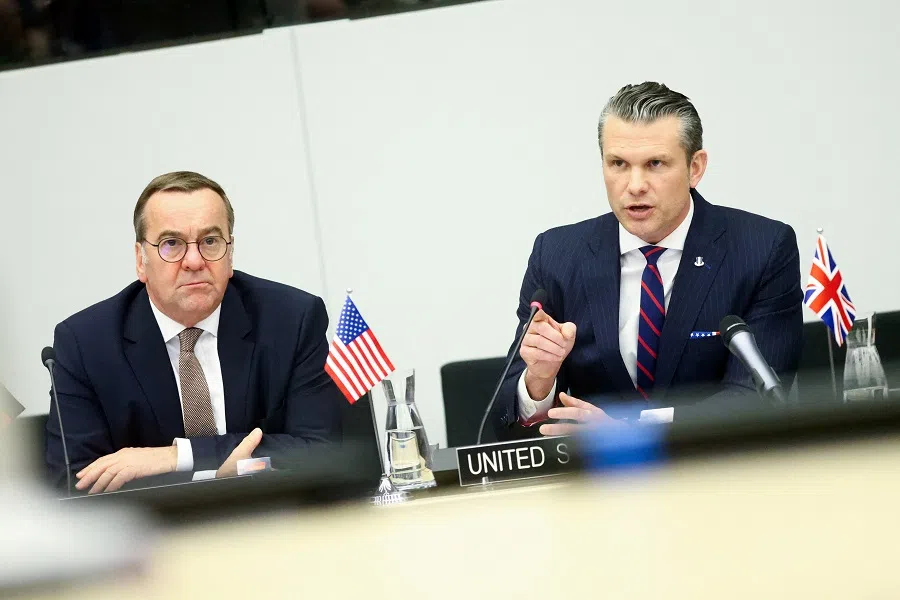
Such a dramatic shift in Washington’s approach has not only undermined Western unity regarding the acceptable resolution of the Ukraine crisis but de facto collapsed the united transatlantic front against Russia, marking Washington’s unprecedented departure from its commitment to European security.
While some have seen these changes as Trump’s surrender to his alleged crony Vladimir Putin, more profound causes inside and outside the US indicate that Moscow and Washington might be on a longer-term detente course.
First, Russia has prevailed in this war despite all the Western support for Kyiv. The Economist’s “World Ahead 2025” predicts a “gloomy endgame” for Ukraine, with no option but to give up on the territories occupied by Russia, while the US and European defence industries cannot support Ukraine indefinitely. Some prominent American international relations experts described US options: “We have no cards to play. We lost the war.” Trump’s desire to strike a deal with Moscow can thus be seen as an attempt to prevent Russia from conquering more of Ukraine’s lands — not an unlikely scenario given Moscow’s recent successes on the battlefield.
These factors indicate that the recent shifts in US foreign policy are not (or not only) Trump’s idiosyncrasies but decisions grounded in domestic and international considerations.
Second, the US’s long-term peer competitor and structural rival is China, not Russia, and the priority strategic region is the Asia-Pacific, not Europe. However, China-Russia strategic alignment stands in the way of the US’s global interests. Trump and other high-level US officials consistently mentioned that they did not want to see Russia and China deepen their ties. Thus, Trump’s blatant moves towards Russia are also to pull Putin away from China.
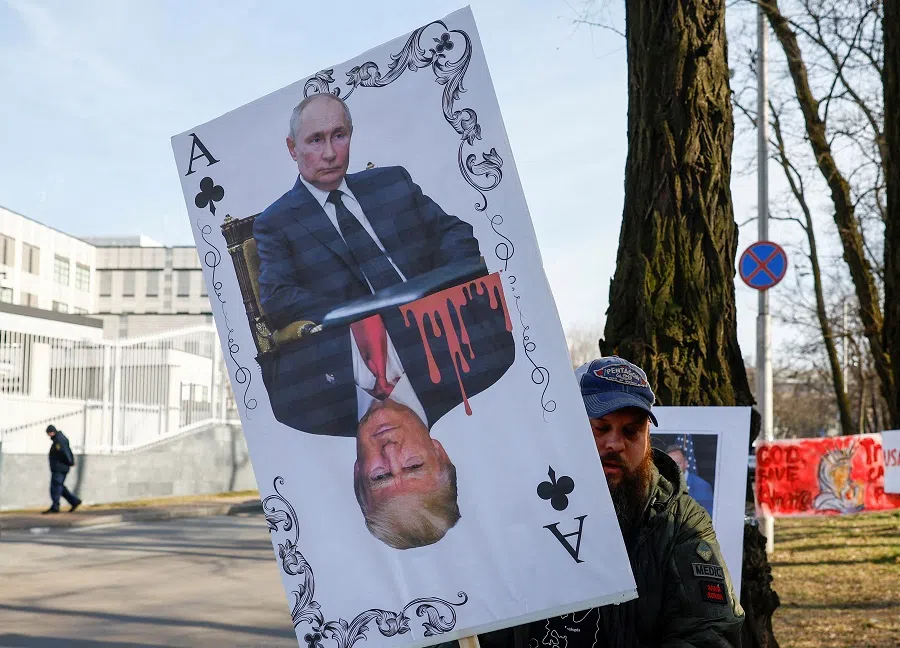
Third, public opinion in the US has changed significantly, giving Trump the mandate to improve relations with Russia. New data shows fewer Americans consider Russia an enemy: 64% in 2023 vs. only 34% in 2025. Americans also perceive Trump to be handling the Ukraine crisis much better than his predecessor, Joe Biden. Moreover, 50% of Americans want a quick end to the war even if Russia keeps the captured land, versus 48% supporting Ukraine’s right to fight. While 50% is a bare majority, the trendline is more important: in August 2022, this number was only 31%, showing that the American public has been moving closer to a compromise, even if on Russia’s terms. From this perspective, Trump’s new approach to Russia responds to public preferences.
These factors indicate that the recent shifts in US foreign policy are not (or not only) Trump’s idiosyncrasies but decisions grounded in domestic and international considerations.
Europe marginalised
The most profound shift associated with Trump’s Ukraine initiatives is the strategic marginalisation of Europe. On 15 February 2025, Keith Kellogg, the US’s special presidential envoy for Ukraine and Russia, shockingly stated at the Munich Security Conference that Europe would be excluded from any Ukraine peace negotiations. He advised that instead of complaining about being or not “at the table”, the “European friends” must develop concrete proposals. The statement sparked fury among European leaders, causing French President Emmanuel Macron to call for an emergency summit including France, Britain, Germany, Poland, Italy, Spain and Denmark.
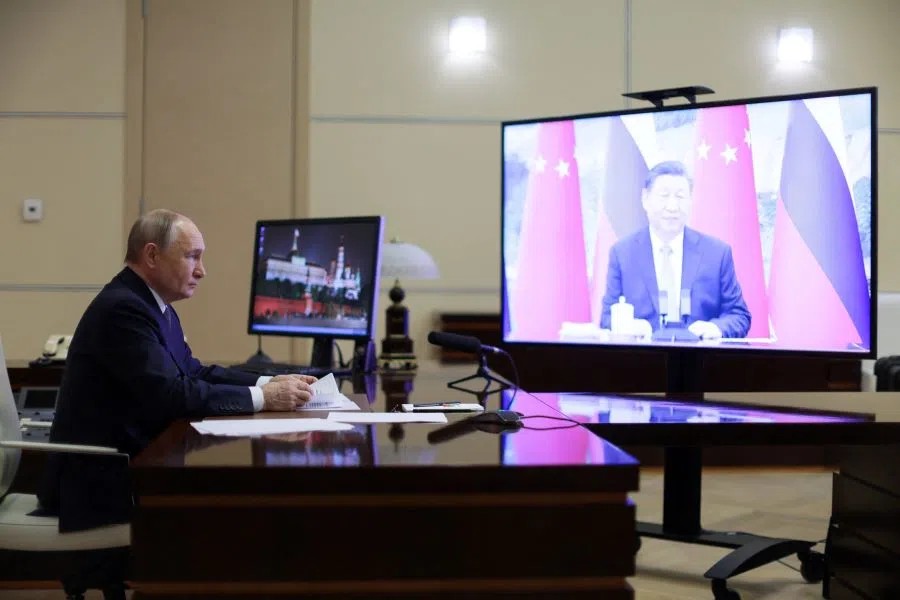
While the future of European security remains uncertain, excluding Europe from the Ukraine peace negotiations is a dramatic change that plays into Russia’s interests. Europe has reportedly lost confidence in the US as an ally, and European leaders have called for self-reliance in security matters. However, Europe’s gaps in its military capabilities appear so significant that it will take years, if not decades, to compensate for the potential US withdrawal. If real, Washington’s reorientation away from Europe will hollow out NATO as a military alliance and leave Europe strategically disadvantaged vis-à-vis Russia.
... the US pivoting away from Europe to Asia-Pacific creates a situation in which China will need Russia the same way Russia needed China throughout the Ukraine war and before that...
China-Russia alignment stands strong
In the unfolding geopolitical rollercoaster, China-Russia alignment will remain strong. Just days after negotiating with Trump, Putin reassured Xi Jinping that China remains Russia’s close strategic partner, and both leaders explicitly reaffirmed their “no-limits partnership”.
Beijing and Moscow will remain close not only because the two countries benefit from their bilateral cooperation and Putin and Xi trust each other. More fundamentally, the US pivoting away from Europe to Asia-Pacific creates a situation in which China will need Russia the same way Russia needed China throughout the Ukraine war and before that — as the only great power ally in the context of intensifying confrontation with the US.
Under Trump, US-China rivalry is likely to intensify. The new administration has proposed expanding restrictions on investments between the two countries. Republicans in the US House of Representatives also proposed to deny US visas to all and any Chinese students and researchers. Simultaneously, Trump started to demand universities in allied countries, such as Australia, to declare any connections to China to block China’s access to “Western knowledge”. Trump has also prioritised curbing China’s dominance in critical minerals supply chains, aiming to tackle the national security threat posed by the People’s Republic of China’s control over nearly 2/3 of the global supply of critical minerals.
While Trump’s initiatives towards China still lack consistency, there is little indication of the de-intensification of the US-China rivalry, which makes Russia an extremely valuable strategic partner for Beijing.


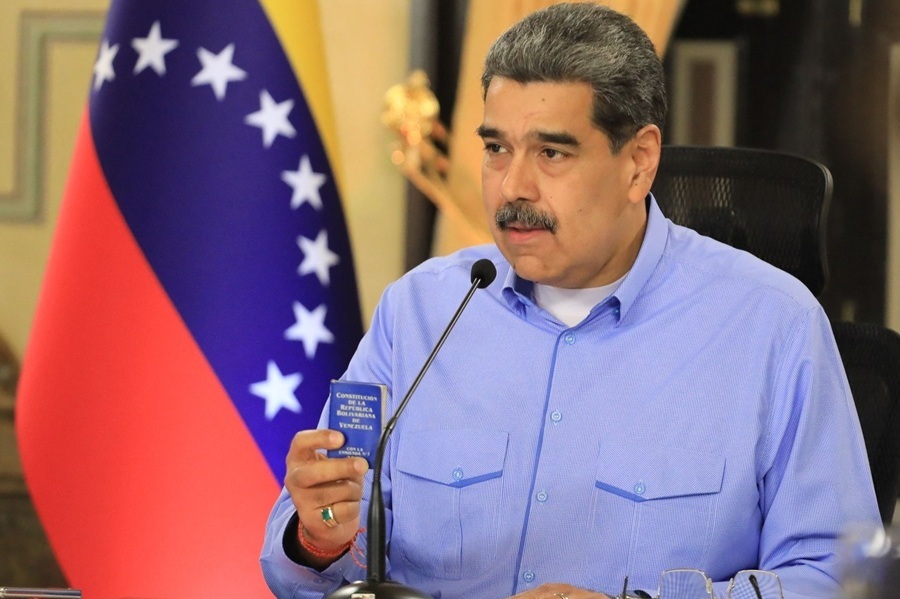
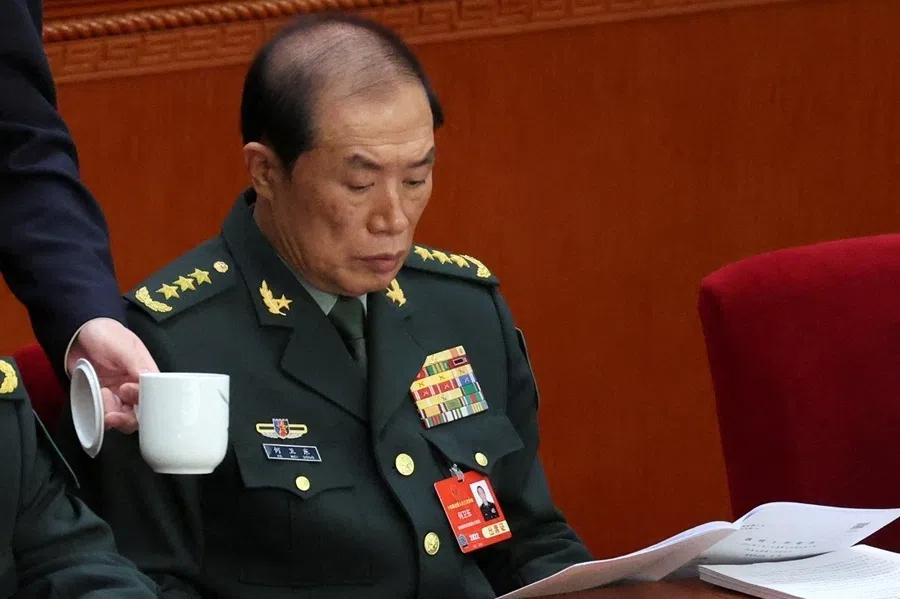

![[Big read] Prayers and packed bags: How China’s youth are navigating a jobless future](https://cassette.sphdigital.com.sg/image/thinkchina/16c6d4d5346edf02a0455054f2f7c9bf5e238af6a1cc83d5c052e875fe301fc7)